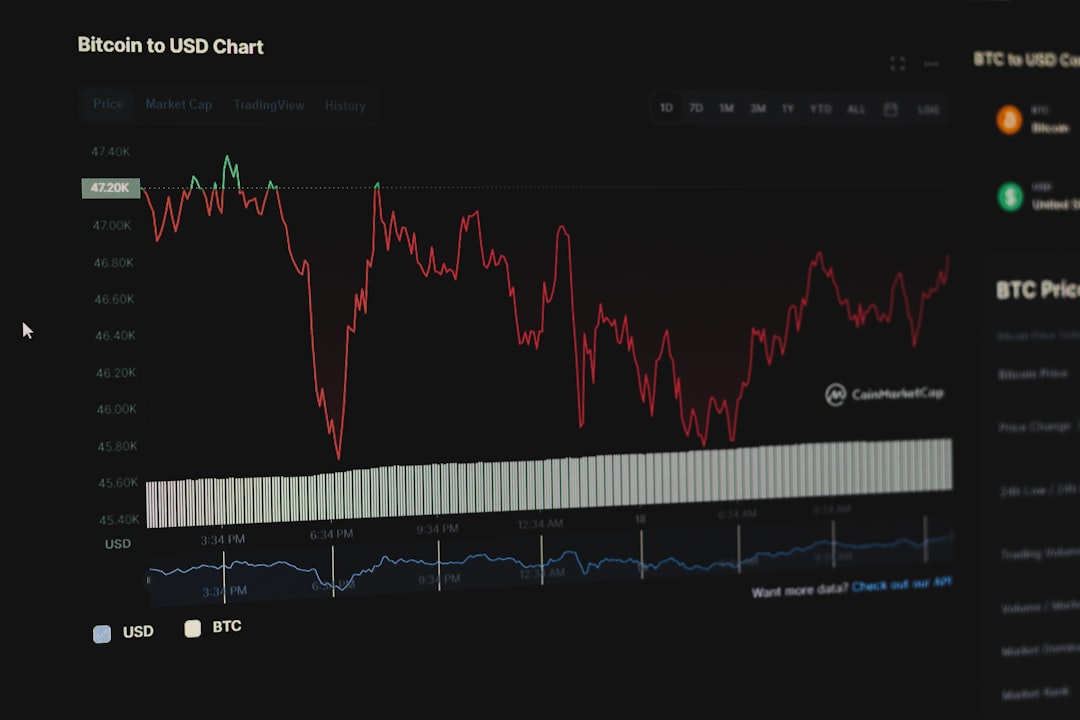In the age of intelligent automation and digital transformation, businesses and professionals are increasingly turning to Artificial Intelligence to streamline operations and enhance decision-making capabilities. One of the front-runners in the field of visual AI platforms is Mindseye AI—a powerful toolset designed to provide high-precision visual analysis and process automation for a wide array of industries including manufacturing, logistics, security, and healthcare.
This guide offers a comprehensive, step-by-step breakdown of how to effectively implement Mindseye AI into your organization’s workflow. From initial setup to deep-level automation, the guide prioritizes clarity, security, and scalability while helping users build a robust visual intelligence system.
What is Mindseye AI?
Mindseye AI is a visual processing and automation platform powered by advanced machine learning and deep neural networks. It provides real-time object detection, situation awareness, and event-based automation using video, image, and sensor data.
Primarily used to automate visual inspections, monitor workspaces, and analyze behavioral patterns, Mindseye AI can be integrated effectively into smart cameras, edge devices, and software pipelines.
Step-by-Step Guide to Using Mindseye AI
1. Define Your Business Objective
Before deploying Mindseye AI, identify the specific visual processes you want to automate or optimize. These could range from:
- Detection of defective products in manufacturing lines
- Security threat analysis in live CCTV footage
- Monitoring worker safety compliance
- Tracking assets in a warehouse
Crystal-clear goals will help you define the required dataset, models, and workflow logic for the AI to function effectively.
2. Collect and Prepare Visual Data
Mindseye AI benefits greatly from high-quality input data. You’ll need to gather relevant video feeds, images, or real-time streams aligned with the task you’ve set out to automate.
Data preparation includes:
- Resolution optimization: Use clear, well-lit visuals to enhance model performance.
- Annotation: Label the objects, areas or patterns relevant to the task. Tools like VGG Image Annotator or Labelbox can assist.
- Diversity: Include variants—different angles, lighting, and occlusions—to create a resilient model.

3. Set Up Your Mindseye AI Account and Environment
Register for a Mindseye AI account on its official platform or through a certified partner portal. Depending on your use case, choose between:
- Cloud deployment: Scalability for large operations or cross-location monitoring.
- Edge deployment: Real-time inference without reliance on internet connectivity.
Once registered, download the Mindseye SDK or API libraries as appropriate. Integrations are available for Python, C++, and REST-based workflows.
4. Train Your AI Model
Mindseye offers multiple training modes. You can leverage:
- Pre-trained models: Ideal for generic tasks like face detection, pose estimation, and object tracking.
- Custom model training: Upload your dataset, annotate it, and use Mindseye’s training console to create tailored models.
Training typically includes:
- Uploading your training and validation sets.
- Selecting a model architecture—YOLO, EfficientNet, or custom CNNs.
- Running the training job and monitoring the accuracy metrics.
- Iterating on dataset quality and model structure to enhance performance.
5. Deploy the Model to Production
Once your model reaches an acceptable level of precision and recall, it’s time to deploy. Mindseye supports:
- Integration with camera systems: Configure video input sources to stream directly to the AI engine.
- API endpoints: Pull predictions using REST interfaces embedded in external dashboards or software pipelines.
Add triggers or actions (ex: sending alerts, storing analysis, activating machinery) based on AI-generated events. This is the automation layer that transforms visual data into real-time decisions.
6. Monitor, Evaluate, and Optimize
Constant monitoring of your deployment ensures long-term reliability. Use Mindseye’s built-in analytics tools to examine visual output, false positives, and prediction latency.
Steps to evaluate performance:
- Apply confusion matrices for accuracy tracking
- Use statistical counters for object presence over time
- Evaluate system latency for real-time critical tasks
Based on the results, consider retraining your model periodically or fine-tuning your automation rules.

7. Ensure Data Privacy and Compliance
When working with video and image data, privacy is paramount. Mindseye adheres to major international regulations including GDPR and CCPA. Nevertheless, it’s essential to:
- Blur personal identifiers where unnecessary
- Secure data transfer with SSL encryption
- Schedule automatic data deletion protocols
Work closely with your compliance officers to oversee ethical AI deployment and maintain end-user trust.
Use Cases Across Industries
Mindseye AI is a cross-domain platform. Here are key industries where it’s driving innovation:
- Manufacturing: Zero-defect production lines, predictive maintenance, safety compliance
- Healthcare: PPE tracking, patient movement monitoring, sanitation protocol analysis
- Security: Intrusion detection, suspicious behavior analytics, perimeter surveillance
- Retail/Warehousing: Inventory tracking, shelf mapping, queue management
Tips for Maximizing Impact
To get the most out of Mindseye AI, consider the following best practices:
- Start small: Begin with a single use case before scaling across departments.
- Train regularly: Evolve the AI with new data and feedback for sustained accuracy.
- Pilot programs: Run internal pilots to evaluate ROI and fine-tune before full-scale rollout.
- Engage stakeholders: Include operations, IT, and compliance teams early in the planning phase.
Conclusion
Adopting Mindseye AI into your visual processing and automation strategy opens doors to operational excellence, higher safety standards, and data-driven decisions. With a methodical approach—starting from needs assessment through to deployment and refinement—organizations can achieve significant value using advanced visual AI.
The key to success lies in continuous learning, ethical deployment, and integration with broader enterprise systems. Whether you’re a factory floor engineer or a retail operations manager, Mindseye AI equips you with tools to visualize, analyze, and automate with reliability and precision.
By following this guide, you’re not just implementing software—you’re setting the foundation for intelligent transformation.
